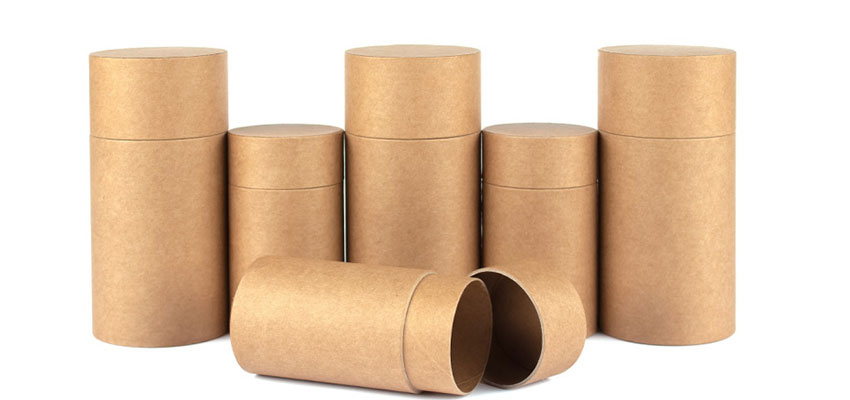In the world of packaging, innovation is key to capturing consumer interest and enhancing product appeal. Among the various packaging solutions available, tube packaging has gained significant popularity in recent years. This blog explores the benefits, applications, and future potential of tube packaging in various industries.
What is Tube Packaging?
Tube packaging refers to cylindrical containers made from various materials, including plastic, aluminum, or paperboard. Commonly used for products like creams, gels, pastes, and even food items, tubes offer a unique blend of functionality and aesthetic appeal. Their design allows for easy dispensing, making them ideal for products that require precise application.
Benefits of Tube Packaging
1. Convenience and Portability
One of the most significant advantages of tube packaging is its convenience. Tubes are lightweight and portable, making them perfect for on-the-go consumers. Whether it’s a travel-sized toothpaste or a hand cream, tubes are easy to toss into a bag without the fear of breakage, unlike glass containers.
2. Hygienic Dispensing
Tube packaging allows for controlled dispensing, reducing the risk of contamination. Many tubes come with flip-top or screw-cap designs that minimize exposure to air and bacteria, making them suitable for personal care products and pharmaceuticals.
3. Sustainability
As sustainability becomes a priority for consumers and brands alike, tube packaging is evolving. Many manufacturers are now producing recyclable or biodegradable tubes. Additionally, tubes can often use less material than traditional packaging options, reducing overall waste.
4. Branding Opportunities
The cylindrical shape of tubes provides unique branding opportunities. Companies can leverage the 360-degree surface for eye-catching graphics, logos, and colors, enhancing shelf appeal and helping products stand out in a crowded market.
Applications of Tube Packaging
1. Cosmetics and Personal Care
The cosmetics industry has widely embraced tube packaging, particularly for products like lotions, serums, and sunscreens. The ability to dispense just the right amount of product without wastage makes tubes a favorite among consumers.
2. Food Products
From sauces and condiments to purees and spreads, tube packaging is increasingly used in the food industry. Squeeze tubes offer a mess-free alternative to traditional jars, making it easier for consumers to portion out the desired amount.
3. Pharmaceuticals
In the pharmaceutical sector, tube packaging is ideal for ointments and creams, ensuring that products remain sterile and effective. The precise dispensing mechanism is particularly valuable for medical applications.
The Future of Tube Packaging
As we move forward, the future of tube packaging looks bright. Innovations in materials and design are set to enhance functionality and sustainability further. Smart packaging technology, such as QR codes and augmented reality, could also be integrated into tube designs, providing consumers with interactive experiences and additional product information.
Moreover, as brands continue to prioritize eco-friendly practices, we can expect to see a rise in tubes made from recycled materials and an increase in brands adopting a circular economy approach to packaging.
Conclusion
Tube packaging offers a myriad of benefits, from convenience and hygiene to sustainability and branding opportunities. As consumer preferences shift towards more practical and eco-friendly solutions, tube packaging is poised to play a vital role in the future of various industries. Whether you’re a brand considering new packaging options or a consumer curious about sustainable choices, tube packaging is definitely a trend worth exploring.




